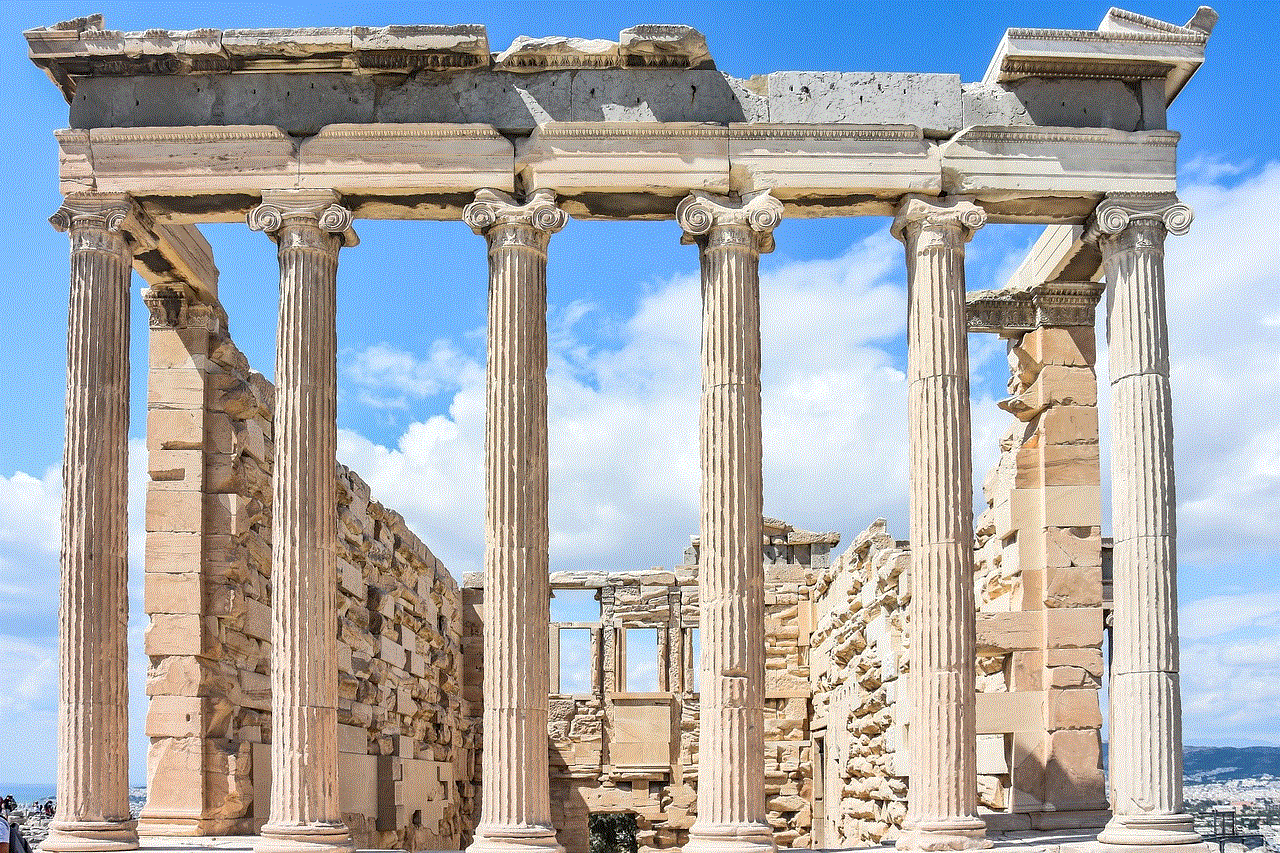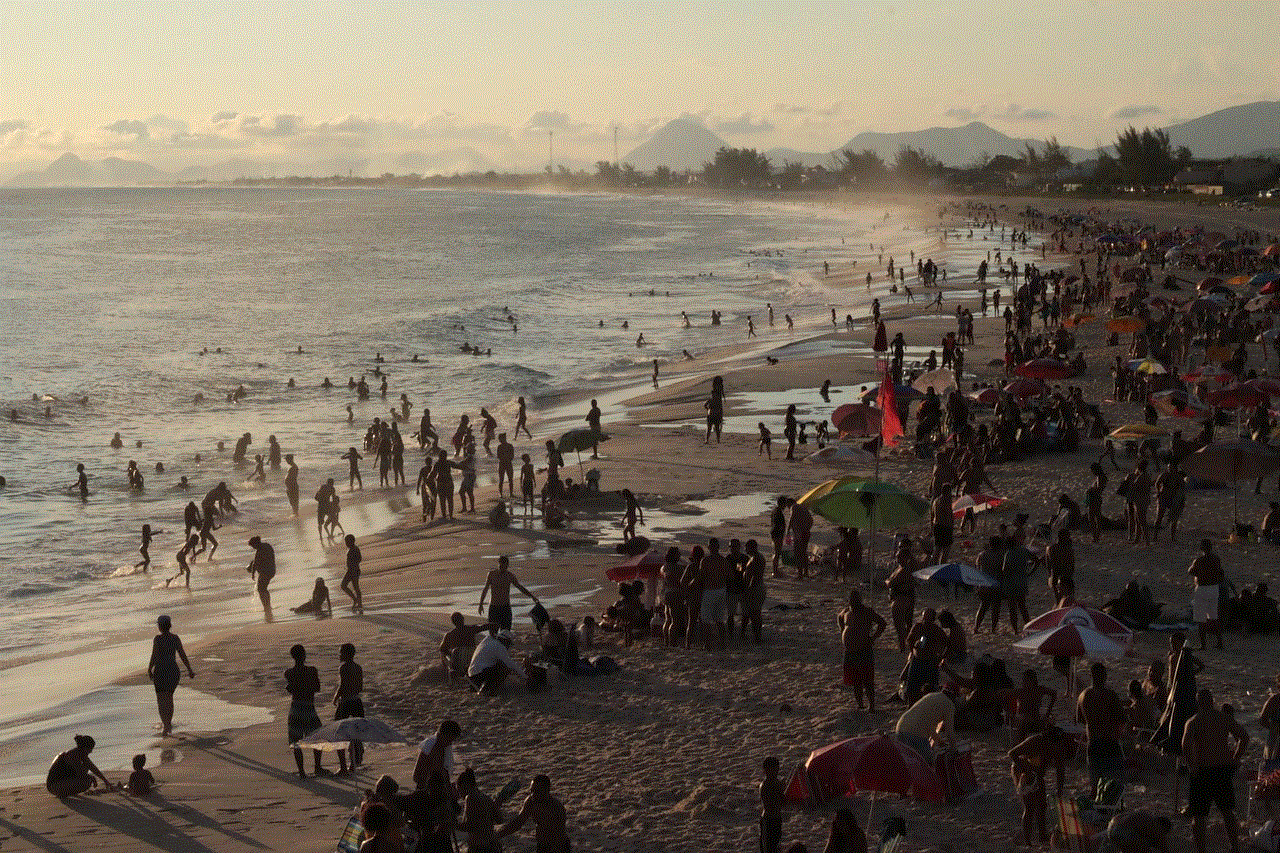disney plus rated
# Disney Plus Rated: Exploring the Content Rating System and Its Impact
Disney Plus, the streaming service launched by The Walt Disney Company, has rapidly gained popularity since its inception in November 2019. With a vast library of movies, television shows, and exclusive original content, Disney Plus appeals to a wide audience, including families, children, and adults. However, as with any streaming service, the question of content appropriateness arises, particularly concerning the various ratings assigned to the content available on the platform. This article delves into the content rating system of Disney Plus, its implications for viewers, and the broader context of streaming media.
## Understanding Content Ratings
Content ratings serve as a guide for viewers, indicating the suitability of movies and television shows for specific age groups. In the United States, the Motion Picture Association (MPA) and the TV Parental Guidelines assign ratings to films and TV shows, respectively. These ratings help parents make informed decisions about what their children can watch, ensuring that content aligns with their values and comfort levels.
Disney Plus features a diverse array of content ranging from classic animated films like “The Lion King” to mature series such as “The Mandalorian.” As such, it incorporates various content ratings, including G (General Audience), PG (Parental Guidance), PG-13 (Parents Strongly Cautioned), and TV-MA (Mature Audiences). Each rating provides insights into the nature of the content, helping viewers navigate the extensive library.
## The Importance of Content Ratings for Families
For families, content ratings are crucial. Parents often seek age-appropriate entertainment for their children, and Disney Plus’s adherence to a clear rating system can help facilitate this process. The platform includes a dedicated Kids section that curates content suitable for younger audiences, featuring beloved characters and family-friendly stories. This section is designed to provide a safe viewing environment, ensuring that children engage with content that aligns with their developmental stage.
Moreover, Disney Plus allows parents to set up individual profiles for their children, which can limit access to content above certain ratings. This feature empowers parents to take control of their children’s viewing habits, fostering a sense of security regarding the media consumed at home.
## The Role of Original Content in Content Ratings
Disney Plus is known for its extensive library of original content, including series and films that may not align with traditional Disney branding. For instance, shows like “WandaVision” and “The Falcon and the Winter Soldier” explore darker themes and complex narratives, earning ratings that may surprise some viewers. These original productions highlight Disney’s strategy to appeal to a broader audience, including older teens and adults who may seek more mature storytelling.
While Disney’s legacy has largely been one of family-friendly entertainment, the introduction of original content rated PG-13 or TV-MA reflects a shift in the company’s approach. This evolution allows Disney Plus to compete with other streaming platforms that offer a wider range of programming, such as Netflix and Amazon Prime Video. However, it also raises questions about the brand’s identity and how it balances its traditional values with the demands of contemporary audiences.
## Navigating Content Ratings on Disney Plus
Navigating content ratings on Disney Plus is relatively straightforward. When browsing the platform, viewers can easily identify the ratings associated with each title. Clicking on a film or show reveals additional information, including a brief description, cast details, and the content rating. This transparency allows viewers to make informed choices about what to watch.
Additionally, Disney Plus provides content warnings for specific titles that may contain themes or elements that some viewers might find sensitive. For example, a show may include a disclaimer regarding violence, strong language, or mature themes. This practice not only aligns with the platform’s commitment to viewer safety but also promotes an open dialogue about content consumption.
## The Global Perspective: Content Ratings Across Regions
Disney Plus operates in multiple countries, each with its own content rating systems. As a result, the platform must adapt its content ratings to comply with local standards and regulations. For example, while a show may be rated PG-13 in the United States, it could receive a different rating in a country with stricter guidelines regarding violence or language.
This global perspective presents challenges for Disney Plus, as the platform must ensure that content remains accessible to diverse audiences while adhering to local laws and cultural norms. Consequently, viewers may encounter varying ratings for the same title, depending on their geographic location. This variability underscores the complexity of content distribution in a globalized entertainment landscape.
## The Impact of Parental Controls



In addition to content ratings, Disney Plus has implemented robust parental control features to further safeguard young viewers. Parents can create profiles that restrict access to specific content based on its rating. This feature is particularly valuable for families with children of varying ages, as it allows parents to curate a viewing experience that aligns with their children’s maturity levels.
Furthermore, Disney Plus provides tools for parents to manage viewing habits. For instance, parents can monitor what their children watch and set limits on screen time. These controls empower families to foster healthy media consumption practices, promoting a balanced approach to entertainment.
## Viewer Reception and Criticism
Despite the efforts to provide clear content ratings and parental controls, Disney Plus has faced criticism regarding its approach to content. Some viewers have expressed concerns that the inclusion of more mature content may alienate traditional Disney fans who associate the brand with childhood nostalgia. Others argue that the platform’s efforts to broaden its audience may dilute its family-friendly image.
Additionally, the ratings system is not flawless. Some parents may feel that certain titles are inadequately rated, leading to unexpected content exposure for their children. This sentiment highlights the need for continuous dialogue between content creators, distributors, and viewers to ensure that the rating system remains relevant and effective.
## The Future of Content Ratings on Streaming Platforms
As streaming services continue to evolve, so too will the content rating systems that govern them. With the rise of user-generated content and the increasing popularity of platforms like TikTok and YouTube , the traditional content rating model faces challenges. These platforms often lack comprehensive rating systems, leaving viewers to navigate potentially inappropriate content on their own.
Disney Plus, along with other major streaming services, will need to adapt its approach to content ratings in response to changing viewer expectations. This may include the development of more nuanced rating systems that cater to diverse audiences or the incorporation of advanced algorithms to recommend content based on individual preferences and viewing history.
## Conclusion: The Importance of Informed Viewing
In conclusion, Disney Plus has established a comprehensive content rating system that plays a significant role in shaping viewer experiences. By providing clear ratings, parental controls, and content warnings, the platform empowers families to make informed choices about their entertainment consumption. As the streaming landscape continues to evolve, Disney Plus must remain attuned to viewer needs and societal changes, ensuring that its content remains accessible and appropriate for all audiences.



The conversation surrounding content ratings is essential, as it highlights the ongoing negotiation between entertainment providers, parents, and audiences. As viewers become more discerning about the media they consume, the importance of transparent and effective content rating systems will only grow. Disney Plus’s ability to navigate these complexities will ultimately determine its success in the competitive streaming market, as it strives to maintain its legacy while embracing the future of digital entertainment.
block facebook page
The world of social media can be both a blessing and a curse, and Facebook is no exception. With over 2.8 billion monthly active users, Facebook has become a powerful platform for people to connect, share and communicate. However, with its increasing influence, there has been a growing concern about the effects of excessive use of Facebook on individuals and society as a whole. As a result, there have been calls to block Facebook page access in certain countries and organizations. In this article, we will explore the reasons behind the call to block Facebook page, the potential consequences, and alternative solutions.
First and foremost, one of the main reasons for blocking Facebook page access is to protect individuals’ privacy and personal data. Facebook has faced numerous controversies over the years, including the Cambridge Analytica scandal, where the personal data of millions of users was harvested without their consent. This incident raised serious concerns about the security and privacy of user data on the platform. By blocking Facebook page access, organizations and governments aim to prevent the potential misuse of personal data and protect their citizens from privacy violations.
Furthermore, blocking Facebook page access can also be seen as a measure to combat the spread of misinformation and fake news. With its vast user base, Facebook has become a breeding ground for false information, leading to social and political unrest. In countries where there are ongoing conflicts or political instability, blocking Facebook page access has been used as a means to control the spread of false information and propaganda. However, this approach has been met with criticism, as it can also be seen as a form of censorship, limiting freedom of speech and expression.
Another reason for blocking Facebook page access is to increase productivity in the workplace. With the rise of remote work and the blurred lines between personal and professional life, many employees find themselves spending a significant amount of time on Facebook during work hours. This not only affects their productivity but also puts a strain on the company’s resources and bandwidth. By blocking Facebook page access, companies aim to minimize distractions and improve employee productivity. However, this approach has also been met with resistance, as it can be seen as an invasion of privacy and a restriction of personal freedom.
Moreover, the call to block Facebook page access also stems from concerns about its addictive nature. Studies have shown that excessive use of social media, including Facebook, can lead to addiction, which can have adverse effects on mental health and well-being. By blocking Facebook page access, organizations and governments aim to protect individuals from the potential harmful effects of social media addiction. However, this approach has been met with criticism, as it does not address the root cause of the addiction and can be seen as a form of control.
Furthermore, blocking Facebook page access can also have economic implications. Facebook has become a vital platform for businesses, especially small and medium-sized enterprises, to reach their target audience and promote their products and services. By blocking Facebook page access, businesses are unable to leverage the platform’s reach and may suffer financially. This can also have a ripple effect on the economy, especially in countries where Facebook is a significant contributor to the GDP.
In addition to the above reasons, the call to block Facebook page access also raises concerns about the restriction of access to information. With its vast user-generated content, Facebook has become a platform for individuals to express their opinions and share their experiences. By blocking Facebook page access, individuals are unable to access this information, which can be seen as a violation of their right to information.
Moreover, blocking Facebook page access can also have social consequences. With its emphasis on likes, shares, and followers, Facebook has become a platform for individuals to seek validation and self-worth. By blocking Facebook page access, individuals may feel isolated and disconnected from their online communities, leading to feelings of loneliness and depression. This can be especially concerning for individuals who rely on Facebook for social support and connection.



Despite the call to block Facebook page access, many argue that it is not a solution to the underlying issues. Instead, there is a need for better regulation and enforcement of policies to protect privacy and combat fake news on the platform. Furthermore, educating individuals about the potential risks of excessive use and promoting a healthy balance between online and offline activities can also be effective in addressing the issues at hand.
In conclusion, the call to block Facebook page access is a complex issue with various implications. While some argue that it is necessary to protect privacy, combat fake news, and increase productivity, others believe it is a form of censorship and violation of personal freedom. Ultimately, there is a need for a balanced approach that addresses the concerns without restricting access to information and personal freedom. As technology continues to evolve, it is crucial to have ongoing discussions and debates about the role and impact of social media in our lives.